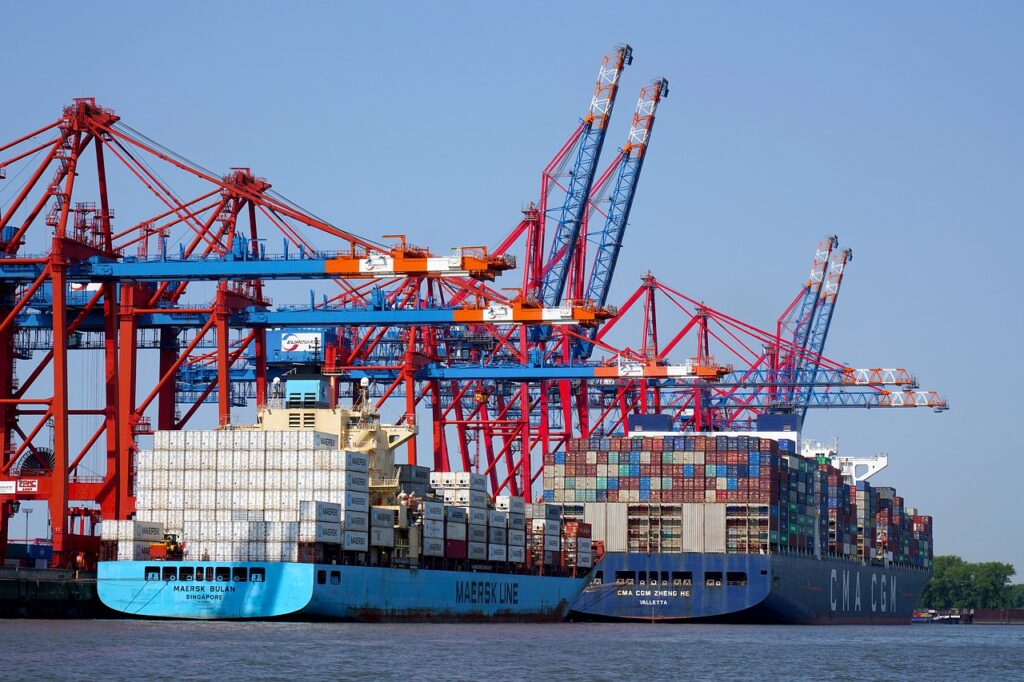Geopolitical tensions intensify global supply chain disruption

Geopolitical and macroeconomic events, namely the Russia–Ukraine conflict, tensions between China and Taiwan, and impending economic slowdown, are negatively impacting supply chains across multiple sectors.
Prices are continuing to mount across numerous industries, mainly due to shortages and restricted access to critical supply routes. According to The Smart Cube, goods that will be particularly impacted by these global events include the following:
Consumer packaged goods
Global wheat prices are expected to rise in in the second half of 2022 due to unfavourable weather conditions and rising geopolitical tensions globally. In the same time period, dairy prices are likely to witness an uptrend, driven by fluctuating weather conditions, surging animal feed prices, a lack of skilled labour, and continuously rising operational costs.
When it comes to oils, palm oil prices are likely to fall by more than 20 per cent month-on-month in Q3 2022 due to increased supplies from Indonesia and seasonal uptick in Malaysian palm oil production. Prices of both sunflower and soybean oils are likely to decline in the second half of 2022 due to a sharp fall in demand for both commodities. Finally, rapeseed oil prices are predicted to drop in Q3 2022 as a result of abundant global supply amid rise in rapeseed output in Europe.
Industrial sector
The supply of electronic components will likely be constrained throughout 2022 – particularly with the restricted critical Taiwan Strait route and escalating China–US tensions – thereby resulting in high prices and long lead times. The operations of wiring harness manufacturers in Ukraine are likely to remain muted throughout 2022, thereby resulting in limited production. Meanwhile, the Russia–Ukraine conflict has directly impacted prices and supply of rare gases, such as neon and helium. Neon is the most impacted gas and its prices have increased tenfold. Overall, a rise in input costs (such as pet coke and energy) will likely lead to a 5–10 per cent absolute increase in cement prices during January to December 2022.
Life Sciences
Due to inflationary pressures and global supply disruptions, pharma companies are expected to push higher drug prices. Although resin prices are currently declining, inflated prices in the first half of 2022 have increased the overall lab consumables and pharma packaging prices.
Rashi Singh, senior manager at The Smart Cube, comments on how businesses can navigate around the increased supply chain disruptions and price rises during these periods of increased geopolitical tensions and macroeconomic events:
“During these heightened geopolitical events, it is crucial that businesses adopt a multi-pronged strategy to mitigate supply chain disruptions as much as possible. As part of this, businesses must evaluate multiple suppliers and identify alternative sources for procuring essential products and services. They should also support essential suppliers financially through supply chain and working capital financing.
“Secondly, it’s vital that businesses conduct a comprehensive review of their exposure to Russian, Ukrainian, Taiwanese and Chinese suppliers on raw material procurement. By mapping suppliers on a tiered basis, they can get a clear picture of critical raw materials at risk. Businesses must also continuously monitor the events that could impact the supply chain and liaise with suppliers to identify alternative payment methods to ensure business continuity.
“It’s also important to carry out detailed assessments to evaluate the required levels of inventory and labour in the short to medium term and ensure that the required inventories are in place in case of disruptions in supply. Businesses need to allocate provisions for high prices of utilities and certain raw materials and anticipate higher borrowing costs amid interest rate hikes. As the situation evolves, they should eliminate or freeze all non-essential spending. Equally, they should review financial hedge positions in the light of the volatile currencies and macroeconomic environment.
“Finally, businesses should also identify and minimise vulnerabilities in cybersecurity to avoid furthering the disruption to their operations.”





